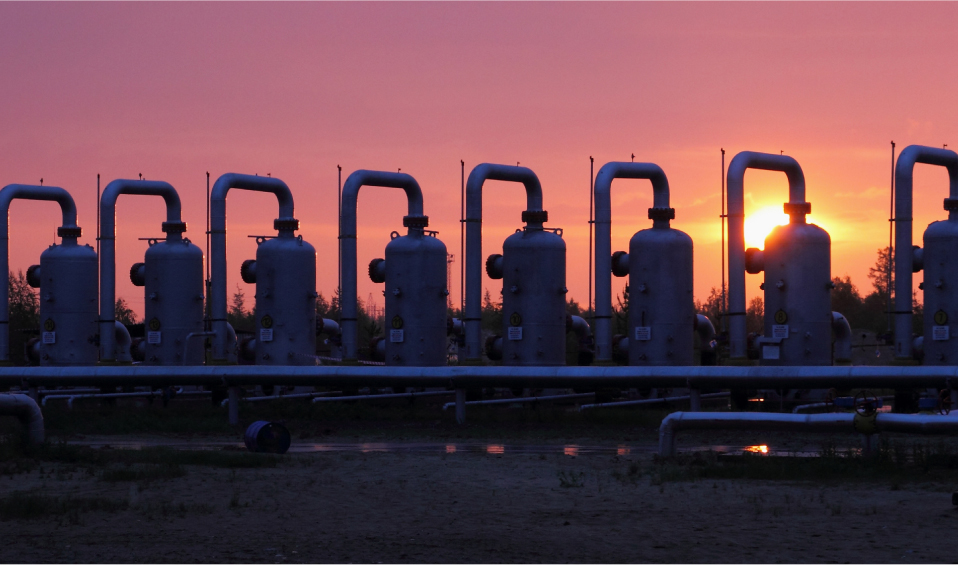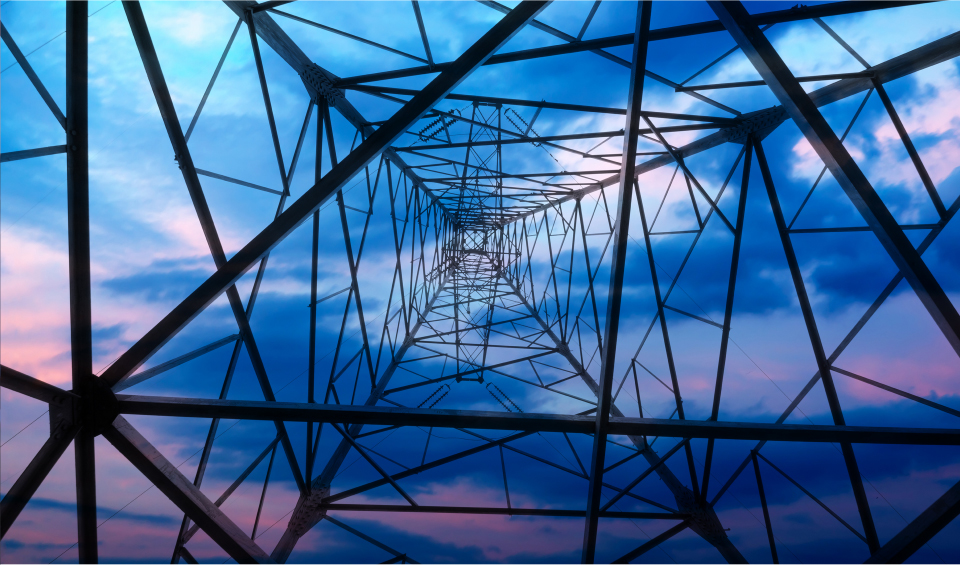
Thanks to ESCP Business School's Energy Management Centre wide network in the academic and business communities, our views on energy news give you comprehensive insight into energy issues.
Please join us...
Global energy markets, geopolitics and petrochemical industry business models have been profoundly altered by the shale revolution in America. In "The Boom," Wall Street Journal senior energy reporter Russell Gold provides a balanced account of the history, personalities and technology of fracking - the story that transformed the North American energy landscape - and describes in easily understandable prose how previously inaccessible natural gas and oil is extracted from shale on an industrial scale.
The shale revolution resulted from the marriage of two processes. The first, horizontal drilling, turns traditional vertical wells on their sides to run parallel to the surface for thousands of feet outward from a drill site. The second, hydraulic fracturing, or "fracking," involves pumping a mixture of water, sand and chemicals into a well so it presses against very dense rock, or shale. Ultimately, the pressure from the water fractures the shale and creates cracks for the mixture to penetrate. The water drains out and the sand props open the newly-created cracks in the shale, allowing previously-trapped oil and gas to move into the cracks and up the well to the surface.




527 Finchley Road
London NW3 7BG
United Kingdom
Tel: +44 (0)20 7443 8800
Fax: +44 (0)20 7443 8845
E-mail: [email protected]










